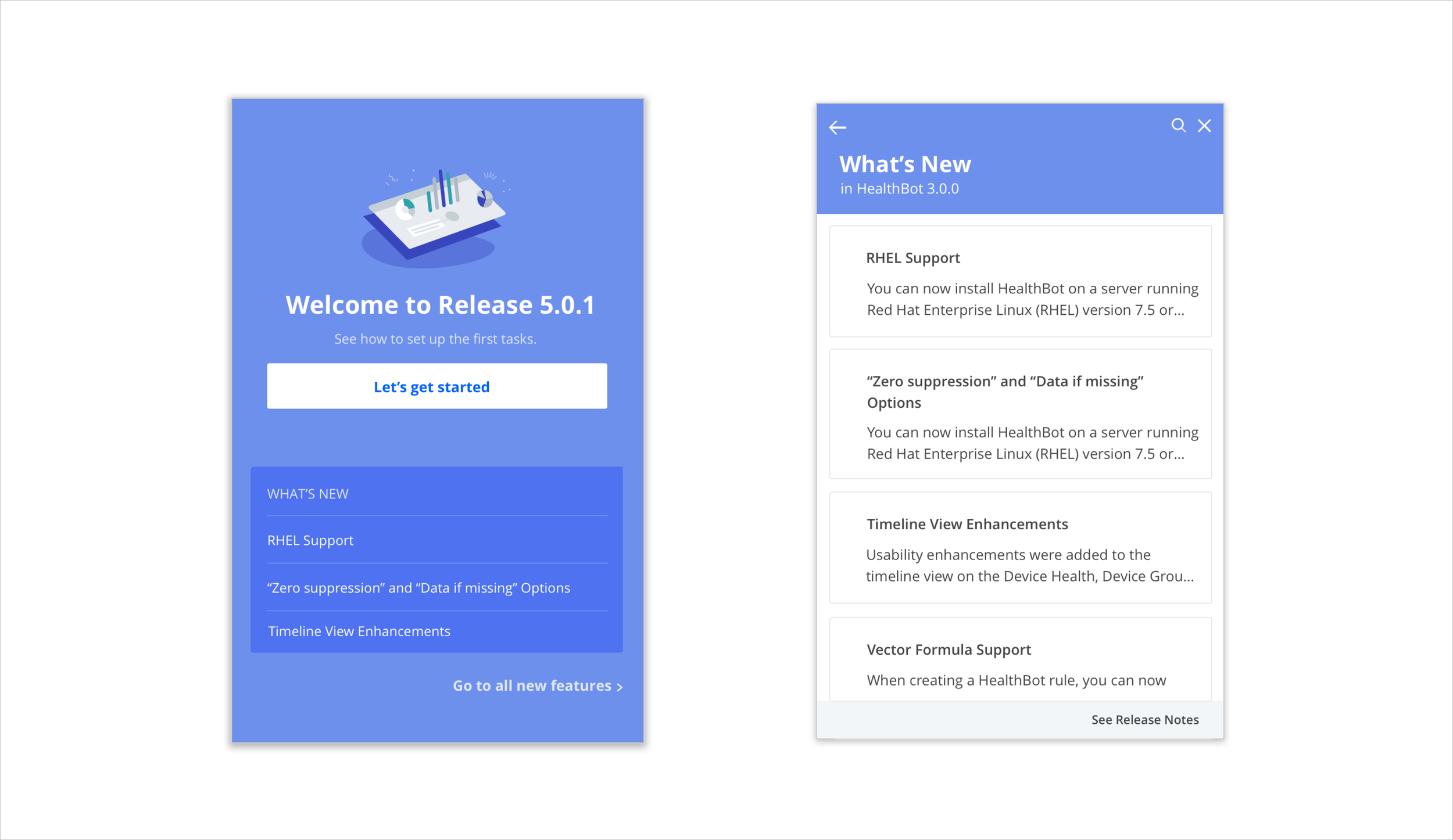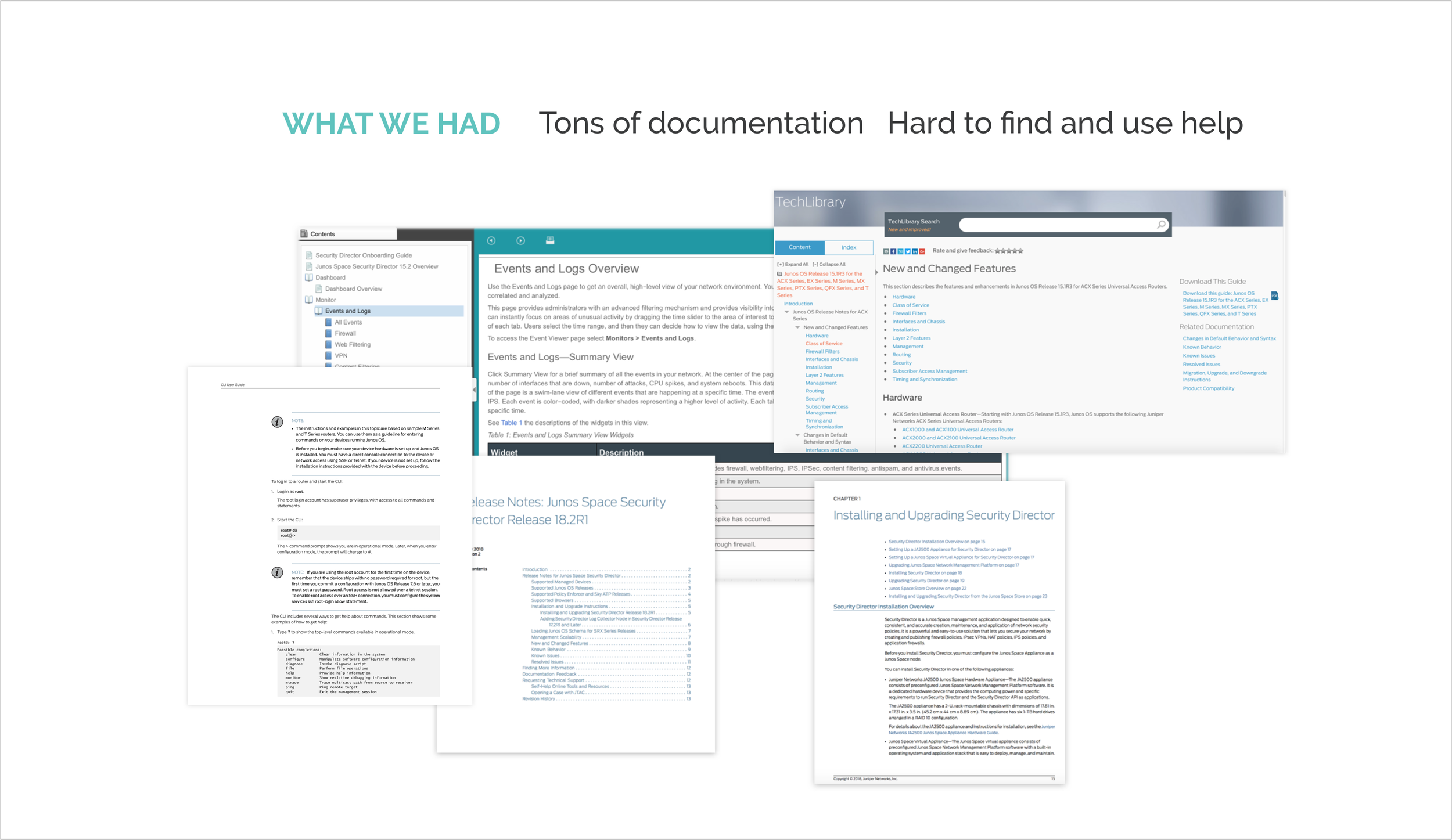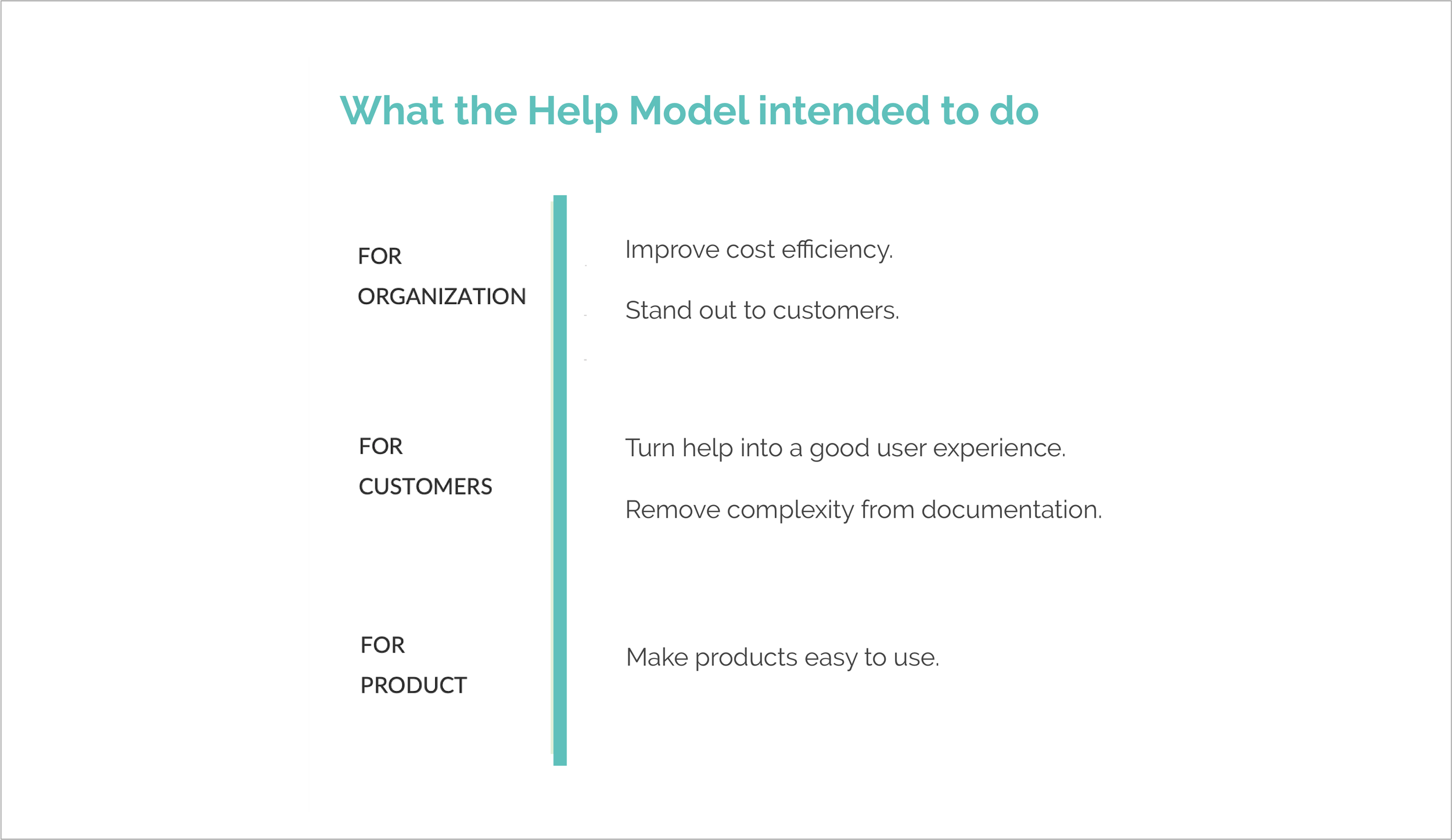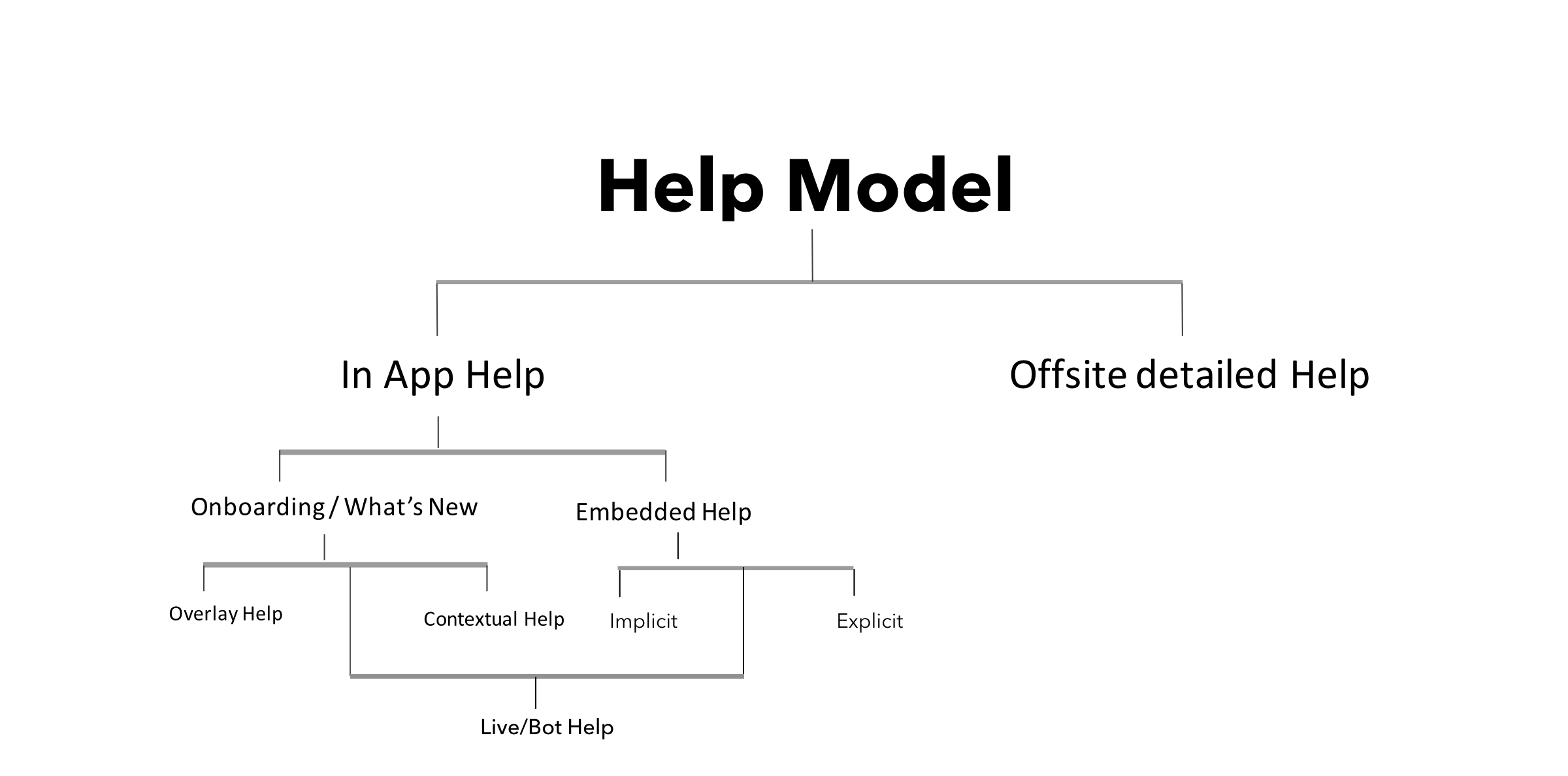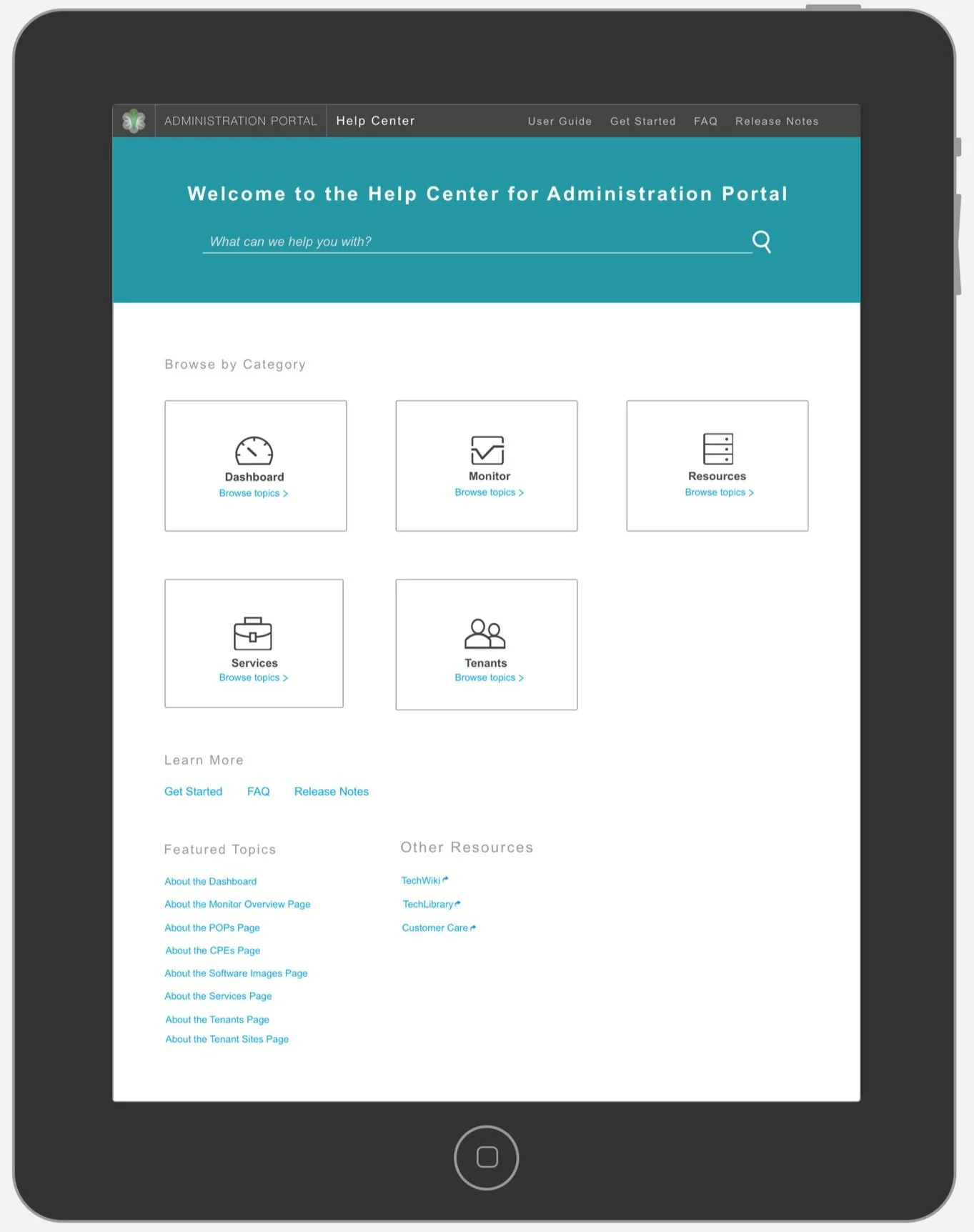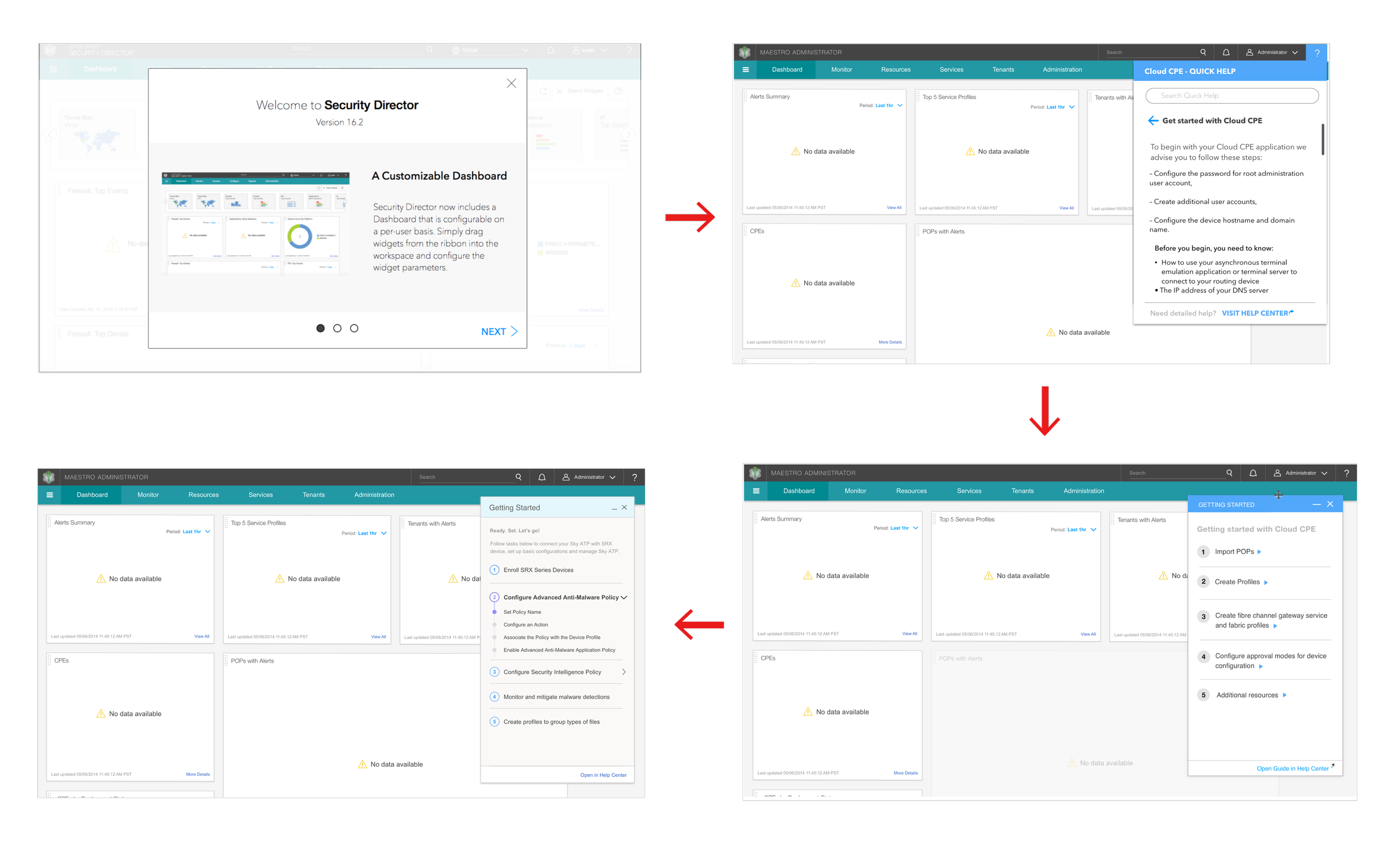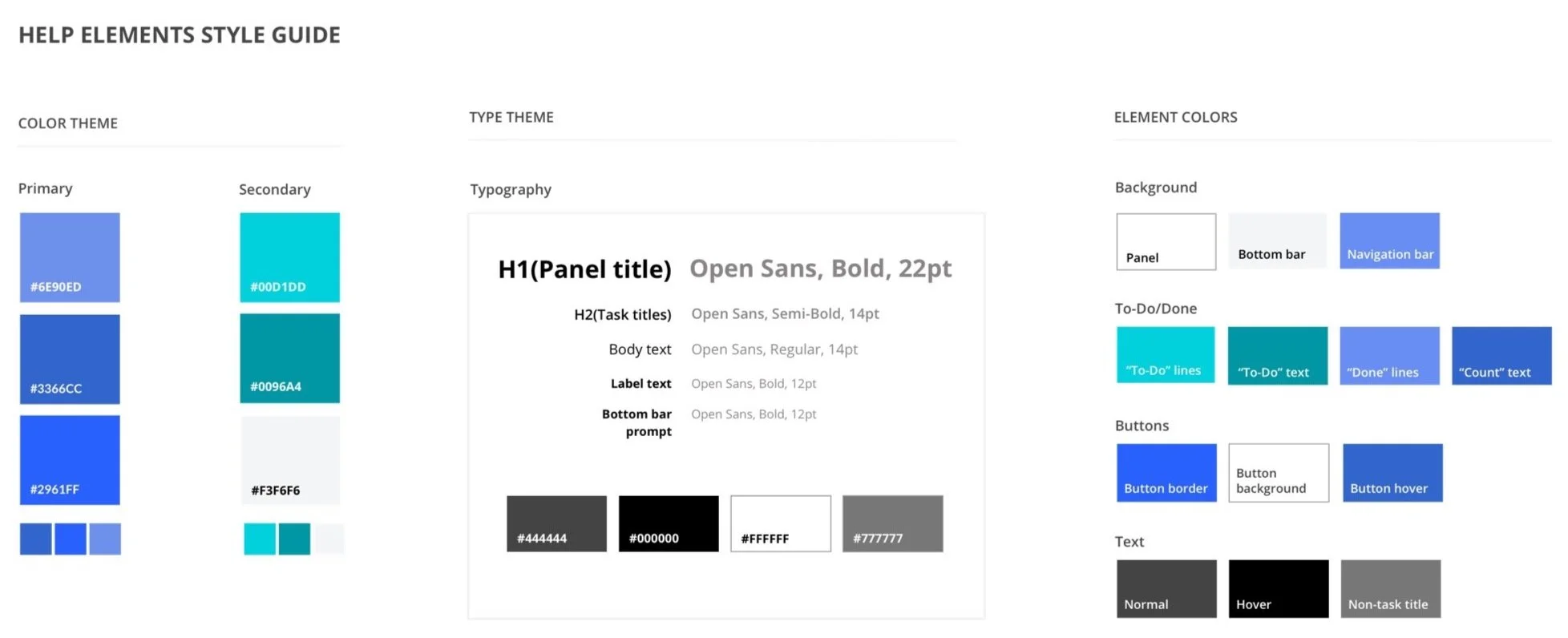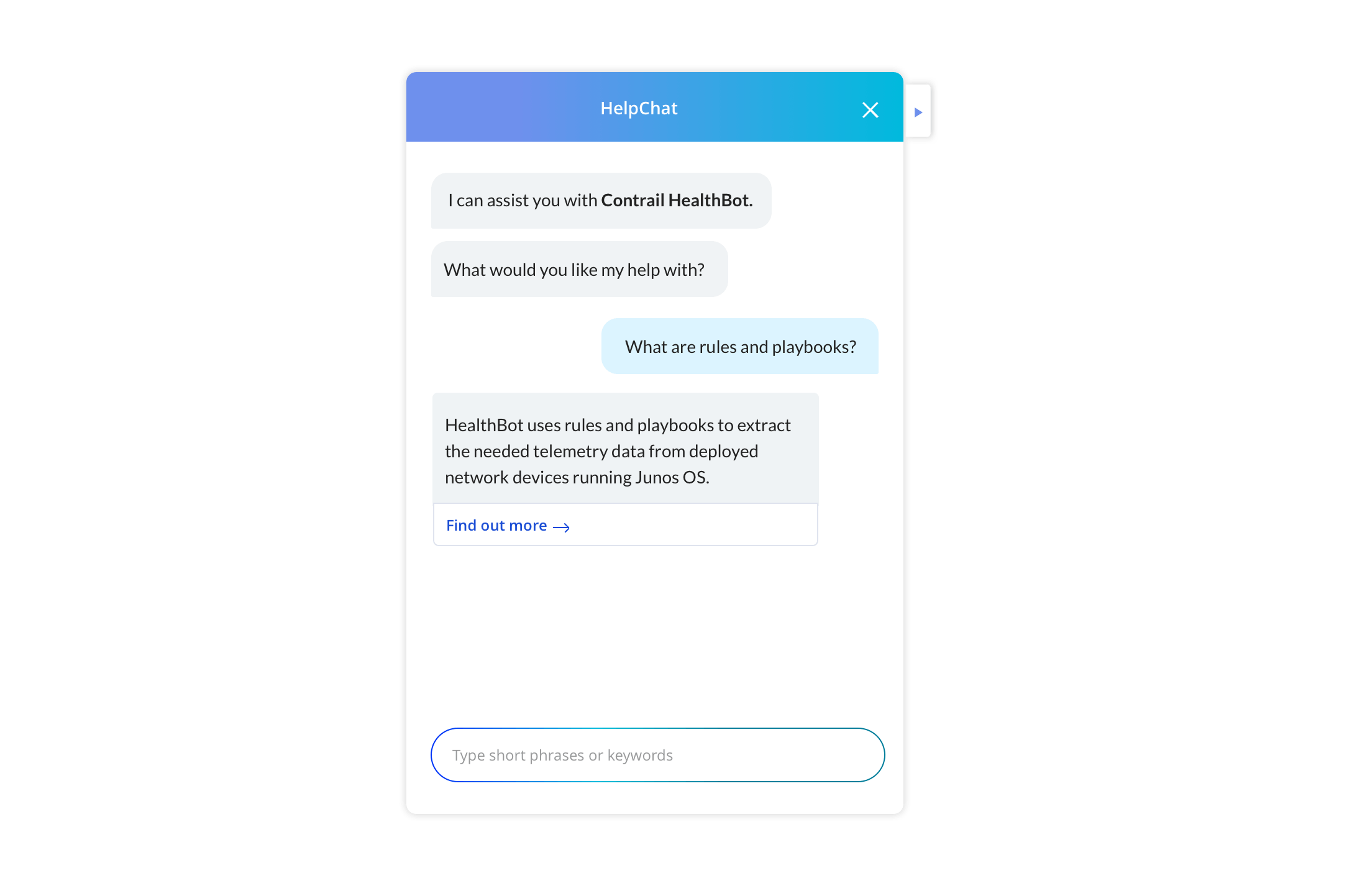How I designed and productized a help system
I led the design and launch of a new help model to make technical guidance in enterprise applications simpler and more usable.
Role
Lead Sr. UX Designer/Product Strategist
Year
2019-2020
Company
Juniper Network
Value
2 patents, 1st integrated help model
Help is usually treated as such an afterthought in UX design that it fails to attract any user attention at all. For extremely complicated technical products that depend upon documentation to explain and educate, users need help that is simple, accessible and integral to products.
I led, designed, and evangelized a suite of features to make technical help in enterprise applications simpler and more usable.
Conception of modernization
I was the lead designer and strategist in the VP-led technical support organization.
This organization was responsible for the entirety of technical documentation produced for all of Juniper’s hardware and software products. My assessment of how this documentation was used, particularly in software products, showed that it was difficult, non-contextual and cumbersome. Most of the documentation was on a web tool that was linked out of a single “Help” button. I led the charter to modernize this help system, and spearheaded an alignment drive with senior leadership as well as product stakeholders.
Design and product lead
Research on various help features showed me that there were two main issues with help design: lack of contextuality and forced assistance.
When I started with this project, there was no product level help, and customers had to either search for help or remember which website to go to for help. I conceptualized the features, evangelized the need, designed them, and was involved throughout the implementation phase. I worked closely with multiple engineering teams, writers, product managers and customer support teams that supported the different products that needed a help system.
Since there was no product owner for the “help system”, I was the product lead and designer throughout the process.
My focus was on ensuring help became available as and when users needed it. To enable this, help should live within products and not in an external repository.
I conducted several rounds of studies with internal stakeholders, customer service and customers to understand their pain points and when they look for help. Synthesizing my analysis, I evangelized my ideas to the engineering teams, and product managers. As the product strategist for this help model, I also planned the features out in phases based on needs and past escalations, thus working across multiple teams to time which feature could be launched when.
Re-defined content
The benefits of modernizing the entire help system went beyond user needs — it also led to re-thinking of how writers approached writing for help and support. I worked with lead writers to redefine how content could be written and presented for quicker and more efficient access. Shorter write-ups, with more images and videos; better tagging for search and understanding reader’s mindset to simplify access were a few of the ideas adopted. I guided engineering teams and writers so that content was presented in readable and modular chunks, enabling reusability across systems and products. This became the basis for a new project, referred to as, "Language Modernization" and also supported help’s progress to AI chatbots.
I ran multiple research sessions with customers across the globe.
In total, I surveyed and interviewed more than 200 stakeholders.
One of the points I learned as I began designing the Help Model was that help should not interrupt. Nor should it:
obstruct,
slow down,
distract or
discourage users.
With data gathered from my research, I worked through various iterations of my designs as explained below.
Design thinking
As I iterated through design options, my first thought was to create a pop-up window with help material added within, but that would have obstructed users. I could have created a way to link out help from the product, but that would have slowed the users down. Popping help widgets based on my assessment of when users needs help could have distracted. Providing long form help in unreadable manuals would have discouraged them.
With these principles in mind, I set out to create a help model that was a self-contained panel, flexible enough to be moved around, closed or minimized, but informational enough to lead users through the necessary steps.
I designed 3 types of panels –
Getting Started,
What's New,
Quick Help.
I worked with writers, customer support, technical experts and sales teams to determine what would be the best content to put into these panels. I also worked with Product Managers and product UX teams to determine at what point could these panels be opened intelligently and contextually.
Continuous innovation
The Help Model was successfully implemented in several Juniper’s cloud software products. As an extension to this project, I began diving deeper into the inclusion of chatbot within help systems. With help written as modular nuggets that could be more easily analyzed due to better tagging, keywords and metadata, I had already helped lay a foundation for AI to build training models.
Two of my innovations on help models are patented.


